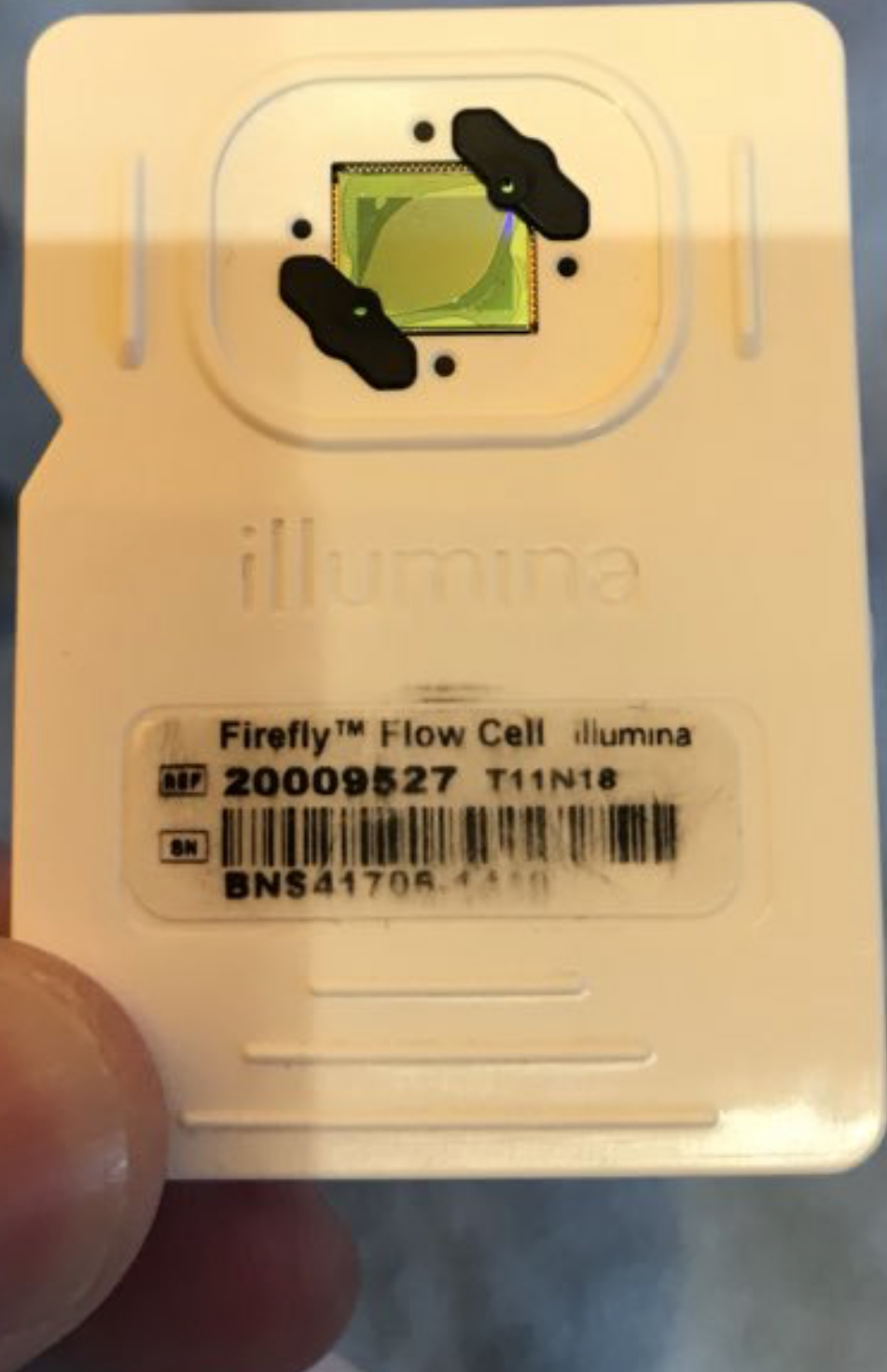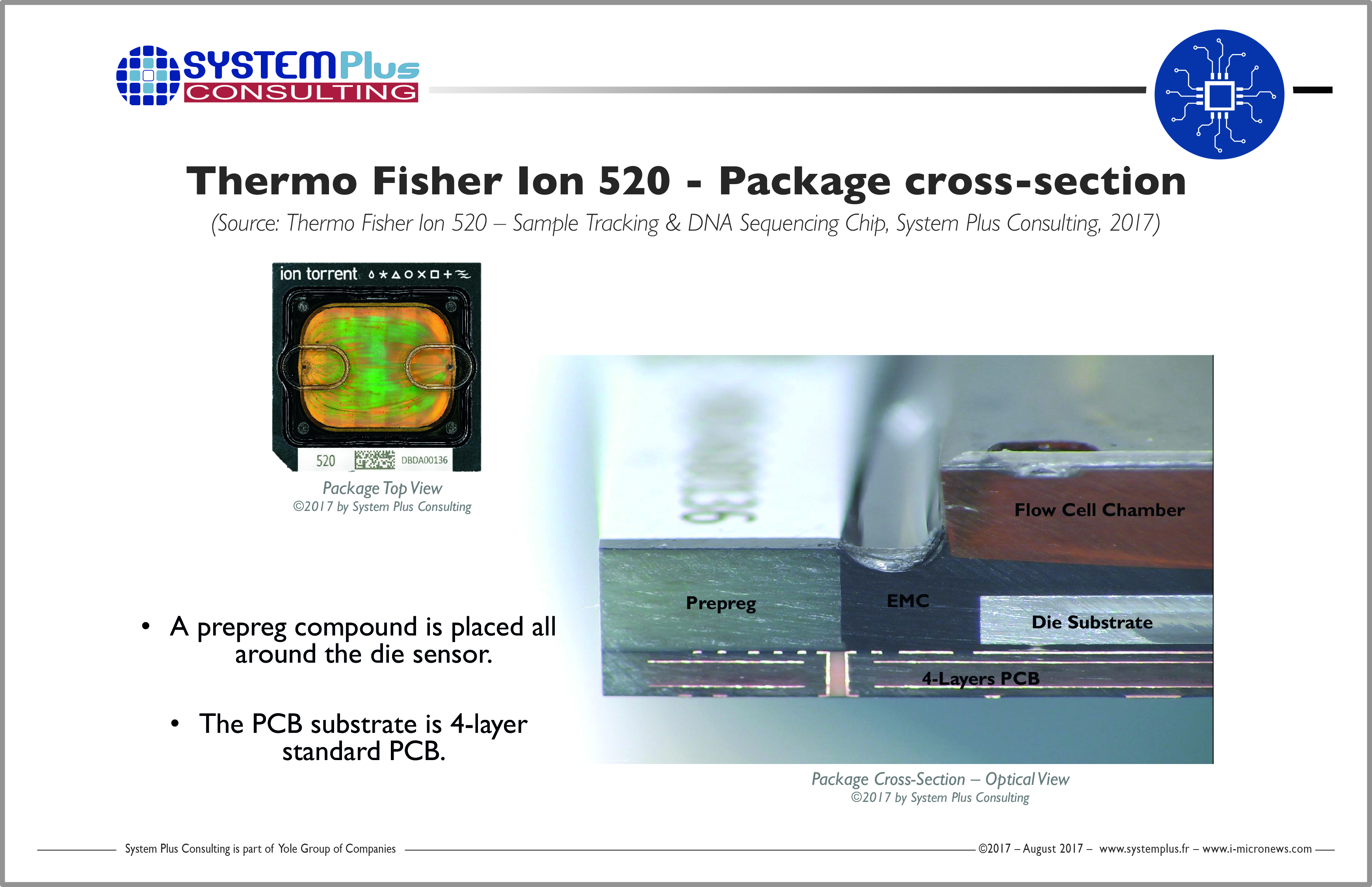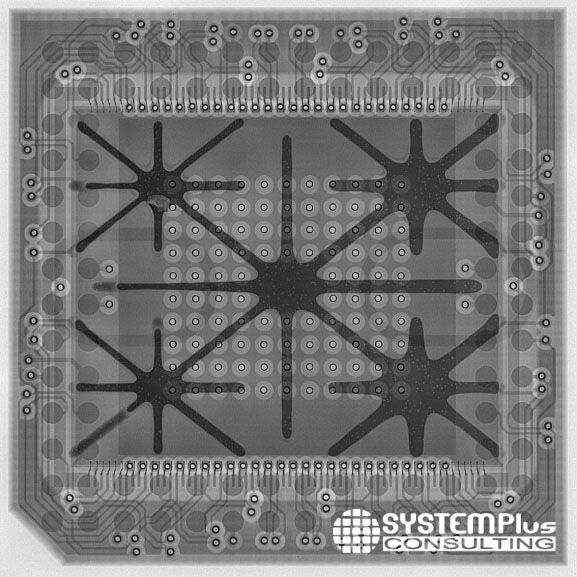Thoughts on Ion Torrent and the iSeq
Recently I’ve been thinking about the economics of semiconductor sequencing, in particular approaches like Ion torrents, and the iSeq which use a relatively large die which gets thrown away with the rest of the flow cell.
In this post, I’m using to review aspects of Ion Torrents development, I don’t cover the technological approach (which is well described in their Nature paper [3]).
Business (to acquisition)
Ion torrent was founded in 2007 by Jonathan Rothberg (no doubt building on his prior success with 454). They raised approximately 60MUSD in funding (from Bay City Capital among others).
Ion torrent was acquired only three years after it was founded in 2010. Life Technologies initially paid 375MUSD with potential for another 350MUSD in milestone payments. Milestone payments were paid in 2012 [1], making the final acquisition price 725MUSD.
It’s surprising how soon acquisition came after funding, both rounds which happened less than a year before acquisition. Given the platforms reliance on semiconductor fabrication, this doesn’t seem like enough time to get much done (iterate over a new chip for example).
I therefore assume that prior to the rounds listed there was probably some seed funding, perhaps supplied by Rothberg himself.
I’d also guess that the investment rounds were at a valuation of 100 to 200MUSD. So the exit was at x4 the last round price. Given how quickly the exit came, this seems pretty good.
Business (current)
Ion torrents market share is something like 10%. Their niche is a relatively cheap benchtop instrument aimed at small labs. They’ve also developed a number of diagnostic applications around the device.
The Ion Proton uses a chip with a ~20mm square die. Based on my estimates this probably costs at least 200USD to fabricate. Given that runs cost 1000USD, I’d guess their margins are lower than Illumina’s, probably 50 to 60% on consumables? [2] (compared to 90% for Illumina).
The ion torrent 318 chip is smaller ~1cm^2. At minimum I’d guess this costs 50USD. The kit here sells for 625USD. It’s therefore possible margins are better here.
It’s also interesting to compare the 318 chip to the iSeq (illumina’s new instrument). They both have similar throughput. The runs both cost 625USD. The iSeq die looks smaller however, which may allow higher margins on the iSeq.
I’d also guess that the iSeq uses a standard CMOS image sensor, not developed exclusively for Illumina. This most likely reduced development costs, and means that Illumina can take advantage of a more robust supply chain, and economies of scale that come with a commodity part.
In short, it feels like Illumina maybe able to squeeze Ion torrent a little more with the iSeq, given their costs are probably lower.
Notes
[2] There’s a report from system plus on the Ion 520 chip, it appears this contains detailed cost estimates, however it costs 3500Euros…
http://www.yole.fr/THERMO_FISHER_ION_TORRENT_TechnologyOverview.aspx
[3] https://www.nature.com/articles/nature10242



